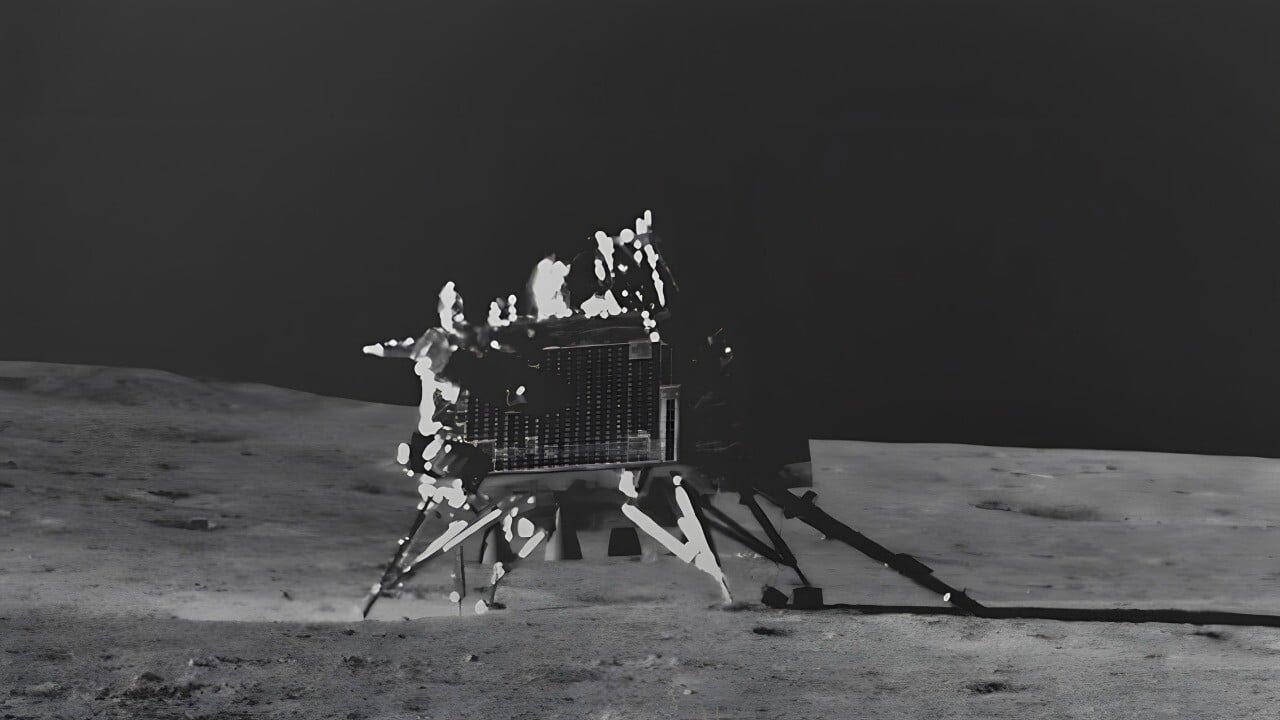
Chandrayaan-3's Pragyan rover discovers ancient 160-km-wide crater on Moon
What's the story
India's Chandrayaan-3 mission has made a significant discovery, unearthing an ancient crater on the Moon. The data for this find was transmitted by the Pragyan rover from the lunar south polar region. The crater, measuring 160km in diameter, was found near the rover's landing site as reported in Science Direct by scientists from Ahmedabad's Physical Research Laboratory.
Geological significance
Crater's location and age
The Pragyan rover discovered the ancient crater while navigating the highland terrain at its landing site, approximately 350km from the South Pole-Aitken basin. This basin is recognized as the largest and oldest impact basin on the lunar surface. The newly discovered crater is believed to have formed before the creation of this basin, making it one of the Moon's most ancient geological structures.
Lunar history
Rover's images reveal crater's structure
Images captured by the Pragyan rover's navigation and high-resolution optical cameras have revealed the structure of this ancient crater. These images provide crucial insights into the Moon's geological past. The discovery of this crater offers scientists an opportunity to study deeply buried lunar material that dates back to some of the earliest impacts on the Moon.
Lunar understanding
Crater discovery excites global scientific community
The findings of the Pragyan rover, including the ancient crater, have sparked excitement among scientists worldwide. The data collected from this heavily cratered region could potentially revolutionize our understanding of the Moon's early history and terrain formation. "We found a semi-circular, heavily degraded structure encompassed around the landing site, which is interpreted as a buried impact crater ~160km in diameter probably formed before the SPA basin," the scientists wrote in the journal.